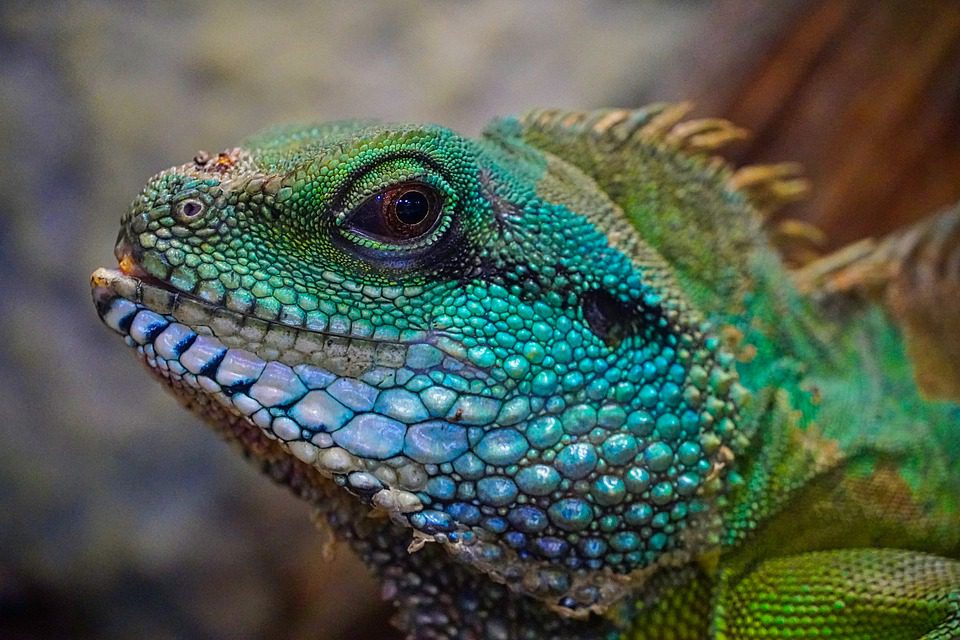Tuataras in New Zealand resemble solemn iguanas. However, these spiky reptiles really aren’t lizards. Rather than that, they are the final survivors of an enigmatic and archaic family of reptiles described as the Rhynchocephalians, which mostly perished during their Jurassic heyday.
They really are the reptilian family’s outliers. Tuatara may survive for even longer than a century, thrive in cold regions, and use their teeth to slash insects, seabirds, and one another. They even have a primitive third eye located behind the plating on the tip of their skulls, which may aid them in tracking the sun.
Tuataras are an evolutionary puzzle due to these peculiar characteristics, and paleontologists have been perplexed by the sparse archaeological record of their long-lost kin. Almost all Rhynchocephalians were extinct towards the end of the Mesozoic Era, most likely due to competition with lizards and snakes. Many left behind just scattered teeth and jaw bits.
The extraordinary fossil was found in 1982 while on an excursion to northern Arizona’s Kayenta Formation, which is a fossil-abundant region. The scientists called the new creature Navajosphenodon sani in a report presented in Communications Biology. The genus & species names both allude to that same Navajo Tribe, which inhabits the region where the specimen was discovered.
Even though its anatomy was lizard-like, its head was tuatara-like in structure. It also had lines of sharp, overlapping teeth that protruded straight from the jawbone. Additionally, the skull included two openings behind the animal’s eye.
The fossil demonstrates that contemporary tuatara evolved in the Jurassic period and have altered little over the last 190 million years. This bolsters the widely held belief that these surviving reptiles are “living fossils.”
Why contemporary tuatara and their ancestors developed so slowly over such a lengthy amount of time is a more complicated subject.












Leave a Reply